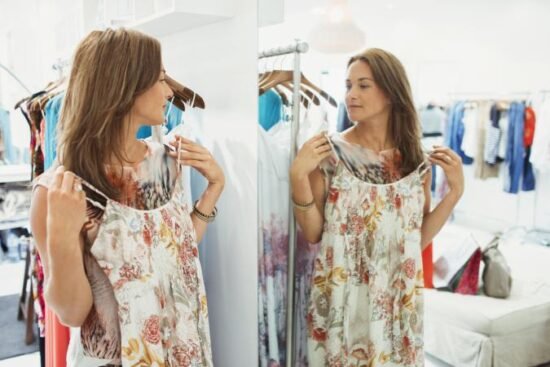What is Fashion and Apparel Financing?

Odds and ends of starting a business can seem pretty black and white. Choose an industry, create a business model, find finances, and so on. But if you’re looking at starting your own fashion and apparel company to create and sell textiles or garments, you may need extra financial help. Creating a clothing operation from scratch will start small, but growth is inevitable. That is where financing can come in to play to ensure you and your company don’t bottom out within the first few months. There are a variety of options when looking at financing for fashion and apparel plants, but, let’s get into what exactly fashion and apparel financing is.
The majority of fashion and apparel brands sell their pieces to waiting for clients on credit rather than collecting the money and then giving the merchandise. This practice results in companies needing cash flow for day-to-day operations such as payroll, office expenses, purchasing materials, and anything else that may come up. Financing options come into play to help alleviate company spending while awaiting payment from clients. Often multiple clients buy at once, meaning a final large sum of money will come through and lead to more purchases.
One of the main ways companies garner cash flow while waiting for payment is from factoring. Factoring works a lot like credit card companies selling client debt, but there is a payoff for the company. Companies send client invoices to a bank or third-party company, which is then verified, and a portion of the invoice is advanced to the company. When the client pays back the full invoice, the third party will put the client back in the pool of ‘paid off’ and collect the percentage agreed upon plus any fees. Many start-up businesses use this method as it is based on the client’s purchase history rather than the company’s.
There are two types of factoring options to choose from. Recourse and non-recourse factoring. Recourse factoring is the one most used as it benefits both parties if the invoice ends up unpaid. In recourse factoring, the fashion or apparel company agrees in the contract to buy back a due invoice and, in turn, offer up a different invoice to make up for the third party’s losses.
Non-recourse is where the third-party company purchases the invoice and agrees to risk the loss if the invoice goes unpaid. They ultimately become responsible for collecting the money on their own rather than waiting for the apparel or fashion company to take action.
Factoring is not the only method of fashion and apparel financing. Another option is asset-based lending or ABL for short. These loans are, as you guessed it, based on the worth of the assets of the company and cannot extend the value of the company itself. These loans can be contracted as long term or short term loans depending on the needs of the company. This is not always the best option for a new company, but a long-standing history may benefit from this type of loan.
A third option is purchase order financing, where a third party acts as a middle man between a retailer and the company producing the pieces. The third-party pays for the supply and shipping of the retailer’s order. The cost of the order will be paid back by the company to the third party, and the retailer happily has its request.
It is important to research your options before making a decision, but there are many options to help your company grow.




![Photo of How to Enable Edge Flags [5 Best Flags]](https://techstuff.website/wp-content/uploads/cover-1024x576-1-390x220.png)